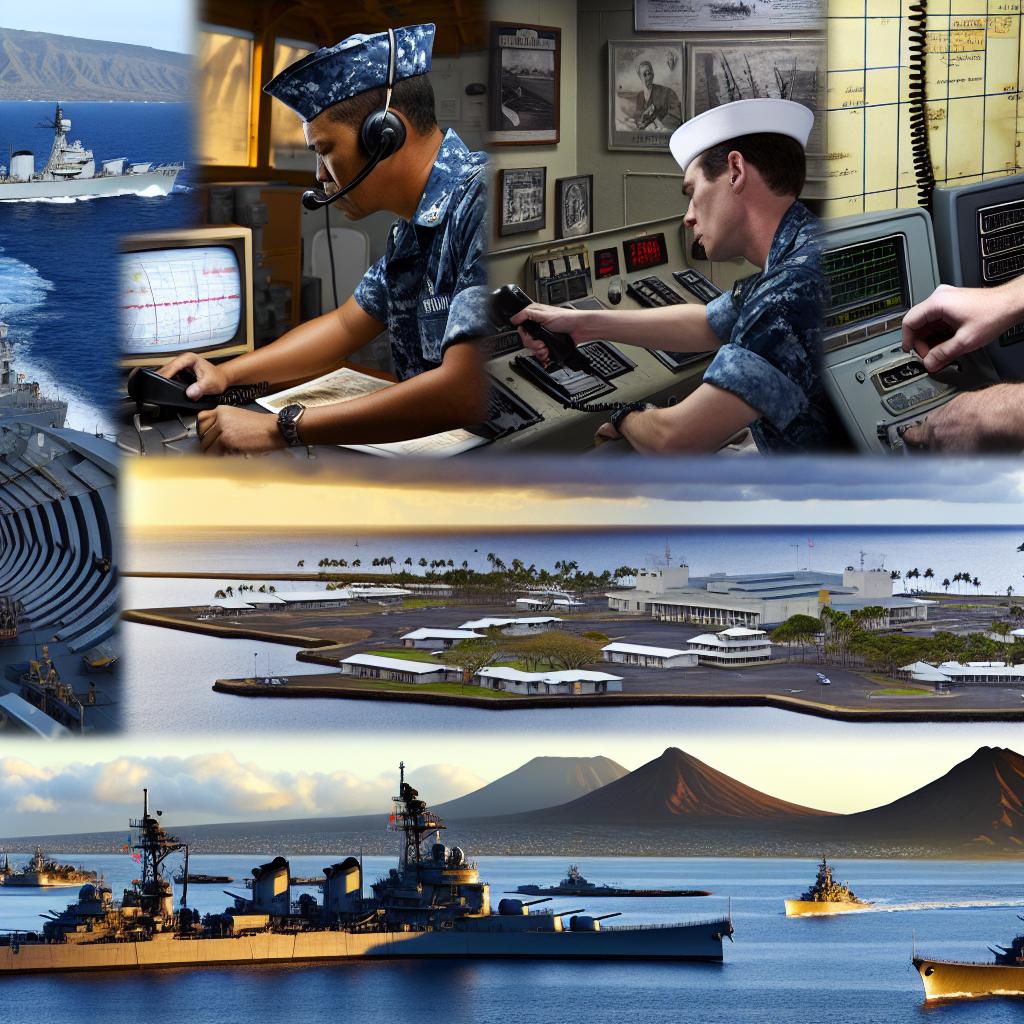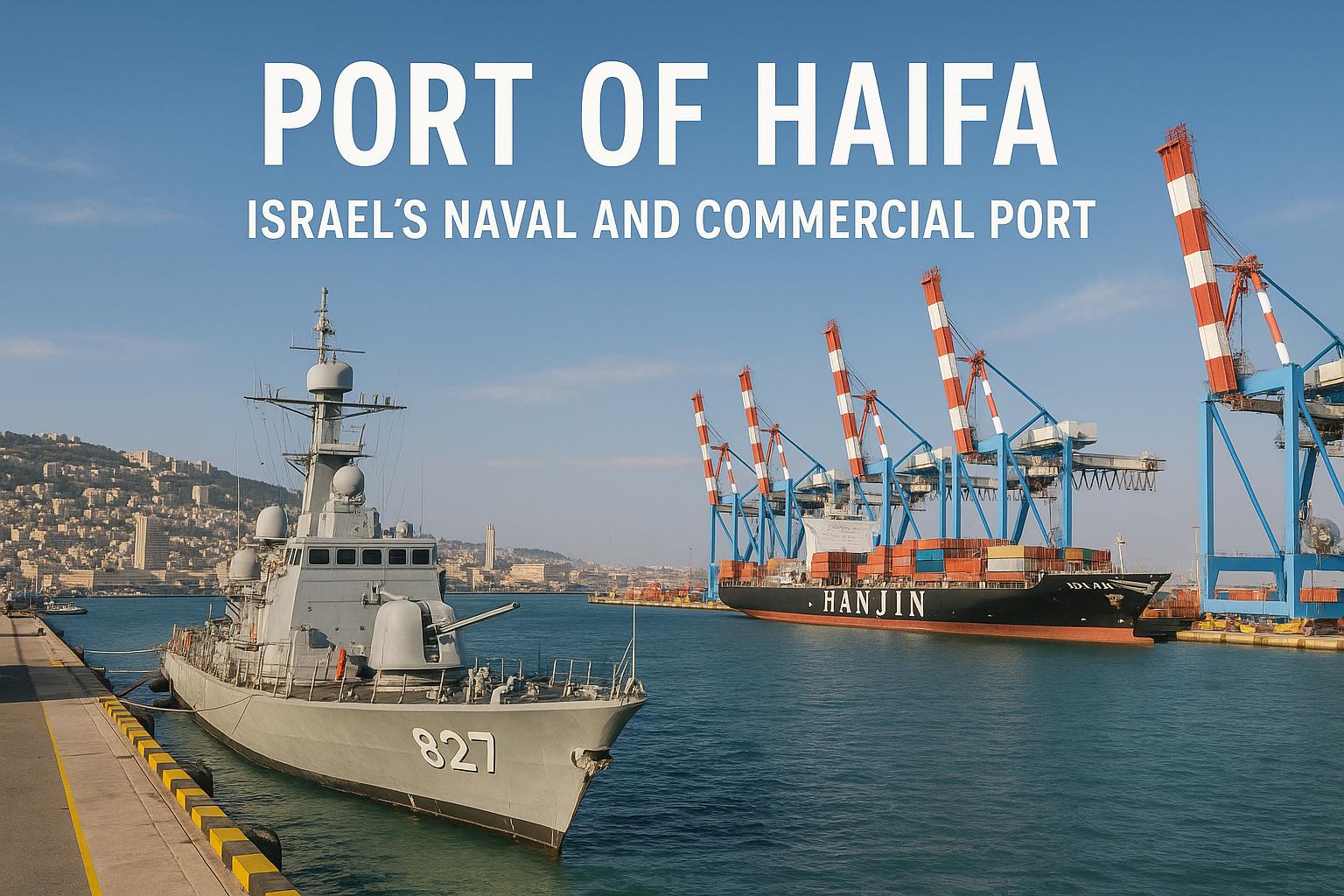Overview of Naval Operations at Pearl Harbor Naval Base
Pearl Harbor Naval Base, located on the island of Oahu, Hawaii, continues to be a critical component in the strategic operations of the United States Navy. As one of the foremost military installations globally, it supports a wide range of naval operations essential for maintaining the security and defense readiness in the Pacific area.
Historical Significance
Pearl Harbor commands a notable place in history, primarily owing to the events of December 7, 1941, when it became the victim of a surprise attack by the Japanese Imperial Navy Air Service. This pivotal moment led the United States to enter World War II. Over the years, the base has transformed into a fortress of naval power and continues to be a vital element of U.S. military strategy within the Pacific region.
Current Operational Role
In contemporary times, Pearl Harbor Naval Base functions as a central hub for the Pacific Fleet. The base provides extensive logistical support to a myriad of naval vessels, including aircraft carriers, submarines, and surface ships. It is equipped with sophisticated facilities designed to support the maintenance, repair, and refueling operations of these vessels, ensuring the fleet’s consistent operational readiness.
Ship Maintenance and Repair
Equipped with state-of-the-art facilities, the naval shipyard at Pearl Harbor is capable of managing intricate maintenance operations. These facilities ensure that both the vessels stationed at or transiting through Pearl Harbor remain in peak operational condition. Furthermore, the shipyard’s competencies extend to the upgrading and refitting of older ships, a task crucial for keeping the fleet contemporary and effective. The modernization of fleet capabilities through these operations ensures that naval power is always at the forefront of technological and strategic advancements.
Training and Preparedness
Pearl Harbor also serves as an essential site for the training of naval personnel. It hosts a variety of programs designed to enhance the U.S. Navy’s state of readiness. The training facilities at the base, including simulators and tactical trainers, provide realistic scenarios to prepare sailors for operational challenges they might face during missions. These programs are critical in creating a skilled and adaptable force capable of responding to both conventional and unconventional threats. Training at Pearl Harbor emphasizes tactical prowess, decision-making, and mission execution under varied conditions.
Strategic Importance
Beyond its logistics and operational capacities, Pearl Harbor Naval Base holds strategic significance as a forward base for U.S. operations in the Pacific. Its positioning provides the United States with a crucial point of presence in the region, facilitating the rapid deployment of naval forces in response to any regional contingencies. This capability underscores the base’s role as a linchpin in the overall U.S. defense posture in the Pacific, allowing for quick, effective responses to emerging threats.
Collaboration and Alliances
Pearl Harbor is not only a center of American naval power but also plays a key role in fostering international military cooperation. Joint exercises conducted in collaboration with allied nations enhance mutual understanding and interoperability, which are significant for strengthening collective security in the region. These exercises foster relationships and create a preventive measure against potential conflicts, ensuring that all participating nations can work seamlessly together in times of need. The base serves as a unifying force in international security efforts within the Pacific, promoting peace and stability through cooperation.
Conclusion
Pearl Harbor Naval Base endures as a cornerstone of U.S. naval operations in the Pacific Ocean. Its comprehensive facilities, strategic location, and persistent dedication to readiness make it indispensable to the United States’ defense strategy. The base persistently honors its historical legacy while adapting to contemporary challenges, ensuring it remains a formidable presence dedicated to maintaining global maritime security. As an evolving military hub, Pearl Harbor exemplifies a harmony of tradition and innovation, prioritizing both historical reverence and modern strategic necessity.
In summary, the base’s multifaceted role encompasses historical remembrance, operational excellence, and international collaboration—all integral to its ongoing mission of preserving peace and security on a global scale. Whether through efficient logistics support, cutting-edge training, alliances, or strategic positioning, Pearl Harbor remains at the heart of the U.S. Navy’s contributions to maintaining worldwide stability.




